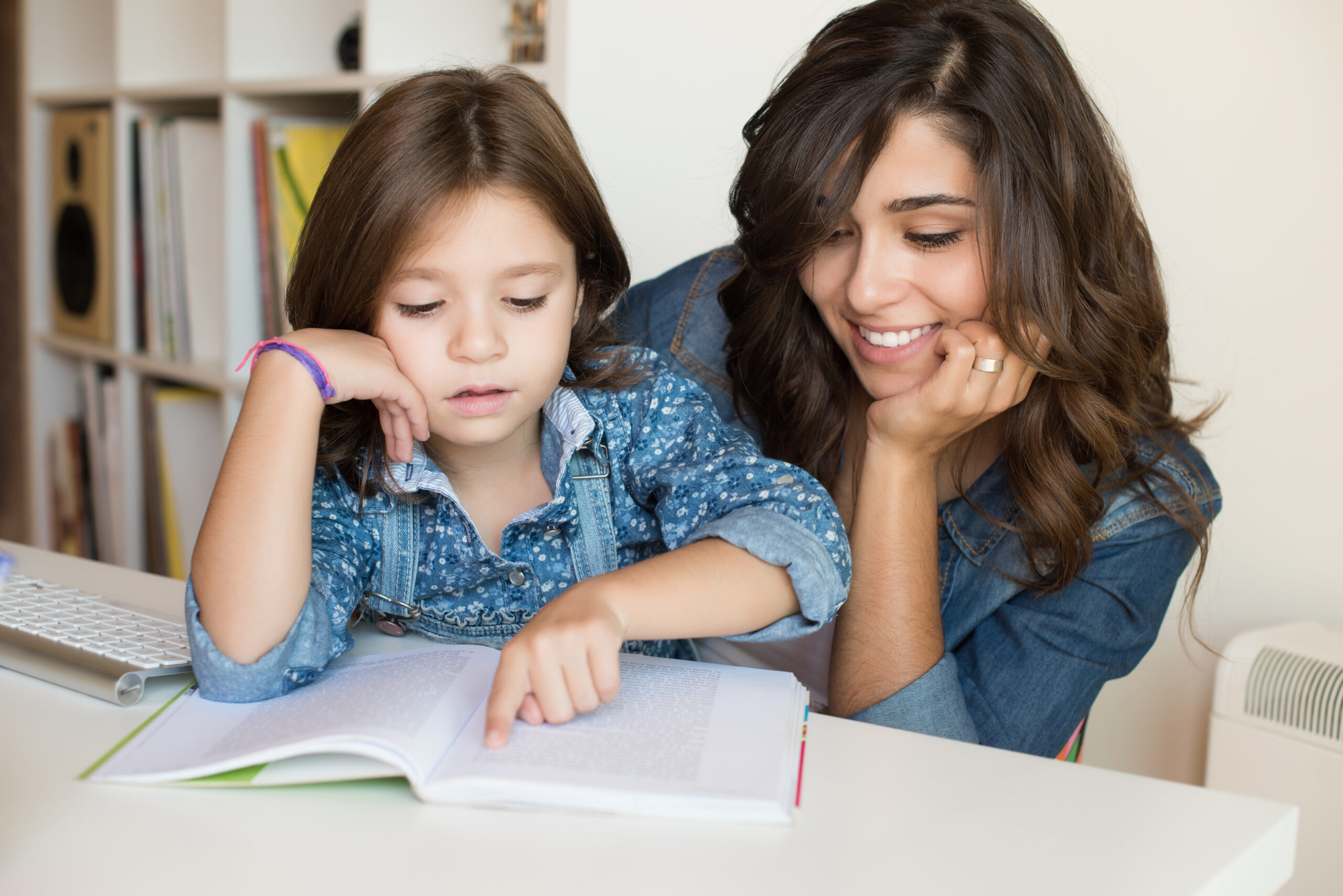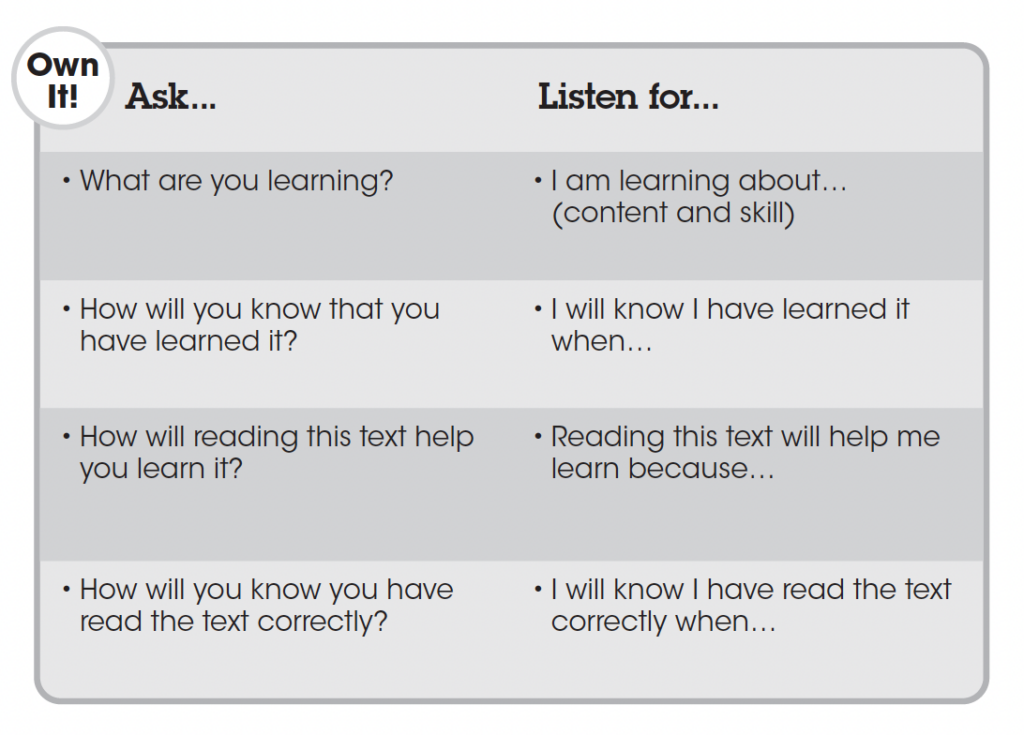Share this article.
Learning at home is important because teachers can’t do it alone. We need to ensure that the students are motivated to be active participants in their own learning and that parents and caregivers are empowered to support their children in their learning. You can do this by supporting your child’s ownership of learning at home when you understand the importance of student ownership in reading, your role in developing it, and how to empower your child to own it.
Student Ownership in READING Is Key
Reading is key to most learning. But, you want to ensure that reading to your child doesn’t mean that they start with the first word of the text and get to the last word as fast as possible so they can say, “I’ve ‘finished’ reading.” You know that this is a waste of time because reading is about comprehension and gathering information from text. In fact, state standards lay out a robust vision of what it means to be a literate person in the twenty-first century.
“Students who meet the Standards readily undertake the close, attentive reading that is at the heart of understanding and enjoying complex works of literature. They habitually perform the critical reading necessary to pick carefully through the staggering amount of information available today in print and digitally. They actively seek the wide, deep, and thoughtful engagement with high-quality literary and informational texts that builds knowledge, enlarges experience, and broadens worldviews. They reflexively demonstrate the cogent reasoning and use of evidence that is essential to both private deliberation and responsible citizenship in a democratic republic. In short, students who meet the Standards develop the skills in reading, writing, speaking, and listening that are the foundation for any creative and purposeful expression in language.” (National Governors Association, 2010)
In other words, your child must have the reading skills to understand what an author is saying—both directly and between the lines and communicate that understanding in a variety of ways. To be successful in school and beyond, they can’t just do their reading. They must own their reading.
Student Ownership at Home
For your child to be successful and take ownership of their reading at home, they need to think about and reflect on how they understand and make meaning from text. This means they know what they are learning, how reading the text will help them learn it, and how to figure out exactly what the author is saying—both directly and in-between the lines.
In other words, your child is owning their reading when they can answer these questions.
- What am I learning?
- How will I know I have learned it?
- How will reading this text help me learn?
- How will I know I have read the text correctly?
Questions like these help students expand their thinking, develop metacognitive skills, and become more aware of their own strengths and weaknesses. Your role is to support your child in asking these questions and discussing their answers.
How do you do this? Keep reading…
Tools for You that Build Ownership of Reading
First, use this “Own It!” guide to begin supporting your child in owning their reading. Before your child begins reading, talk to them about the assignment. If needed, use the sentence frames to prompt your child’s answers that show they are owning what they are reading.
Click here to download this “Own It” guide in Spanish.
Next, get your child ready to read with you using the Strategic Reading Process. One of the best ways for them to use this process is to talk over what they are reading with someone—in this case you. This is a back-and-forth conversation that you will be leading. But once your child understands the process, they can lead this conversation—with classmates, with others in the house, or with themselves.
The Strategic Reading Process
This process works best by reading the text and using these strategies one passage at a time. A passage can be one paragraph, or a few paragraphs.
Before your child begins, encourage them to break the whole text into passages. Then, follow the process to support your child’s understanding of what the author is trying to say in each passage. If your child struggles with any of these strategies, model how you would do it and explain your thinking.
Click here to download The Strategic Reading Process in Spanish.
Our Role in Supporting Student Ownership at Home
Whether it’s reading or mathematics or another content-area, we know that learning, and the skills of learning, transcend beyond the classroom walls. The students themselves become the most effective advocates for their learning when they possess the skills to take ownership of it. But, it is our role and responsibility as the adults to support our students by helping them develop their skills of ownership. We invite you to check out our other resources for parents and caregivers that will help you help your child.
Continue the Learning
Check out these articles and resources to continue your learning about this topic…
The Learning Brief
In this article you learned…
- Reading comprehension is crucial for academic success.
- Parents and caregivers can support students in understanding what they are reading, even when they are at home.
- How to use a series of questions and sentence frames that push your child’s reading comprehension skills.
Can you imagine building an environment full of motivated, engaged, and eager students who own their learning?
We can.



